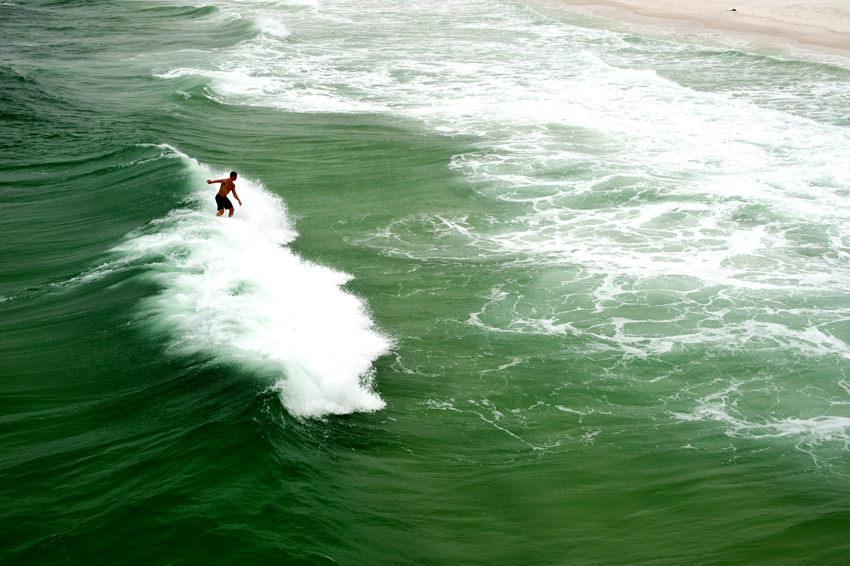Raid I do not think you will find problems generally with wider lenses which are retrofocus in design (i.e. designed for SLRs). You are right in saying that this potential problem arises with
very wide lenses. But it is only a potential issue and it is related in practice to lenses that have a rear element very close to the sensor which present light rays at an oblique angle to the sensor. However this tends not to happen with lenses designed for SLRs because of the need for clearance of the camera's mirror - they have to be further away from the sensor and hence the light rays are less oblique. When digital SLRs first came on the market circa 2000 NIkon Canon etc made a fuss about the need to upgrade lenses for digital using this as the reason but mostly that was just marketing hype. As I have found out many times given I use all kinds of earlier lenses successfully on these bodies.
I think you said you have a 2.1 cm f4 (?) Nikkor. As you know this requires mirror lock up and a separate accessory viewfinder because of the above issue. I would expect that if used on the D700 with its mirror locked up then you would see artifacts caused by the angle of its light rays to the sensor as this lens which dates to 1960 or thereabouts was of course never intended for digital cameras. On the other hand I regularly use a Nikkor AF 16mm - 35mm f4 which is designed for digital and works perfectly.
https://www.bhphotovideo.com/explor...review-non-retrofocus-ultra-wide-angle-lenses




